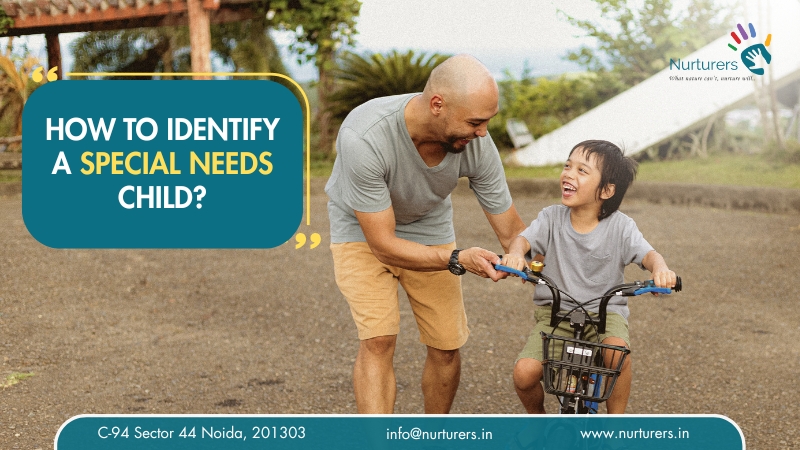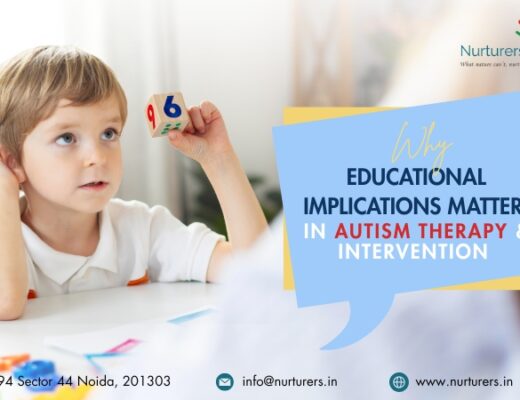Every child is special and develops at their own pace. However, for some children, the path to learning, communicating, or interacting with the world around them may be different or more challenging. Recognizing the signs early is key to providing the right support and interventions that can greatly improve the child’s development and quality of life. But how do you identify a special needs child? What is special education? And how should parents and professionals deal with a special needs child in an informed and compassionate manner?
In this blog, we provide a step-by-step guide to understanding the definition of a special needs child, signs to look out for, types of special needs, professionals involved, and best practices to support children who require additional care.
What Are Special Needs Children?
The term “special needs” is a broad classification that includes a range of physical, cognitive, emotional, behavioral, and developmental disorders. A special needs child may require personalized instruction, therapy, or medical attention to reach their full potential.
Definition of Special Needs Child:
A special needs child is one who has been diagnosed with a condition that requires extra support in areas such as learning, mobility, behavior, or health. These children often face obstacles in traditional environments unless adjustments and accommodations are made.
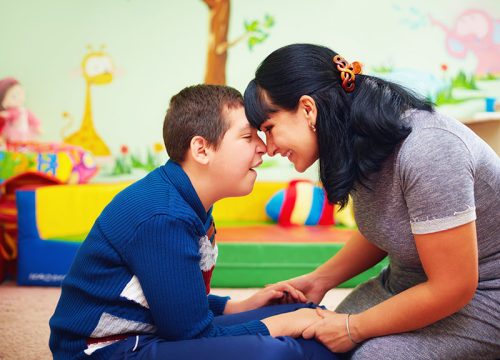
Identify the Different Types of Children with Special Needs
Special needs can be categorized into various types, depending on the nature of the condition. Understanding these categories helps in identifying the early signs and seeking the right help.
- Developmental Disabilities:
These typically manifest early in life and affect physical, intellectual, or emotional development. Examples include:
- Autism Spectrum Disorder (ASD)
- Intellectual Disabilities
- Global Developmental Delay
Children with these conditions may show delayed speech, lack of eye contact, repetitive behaviors, or difficulty understanding social norms.

- Learning Disabilities:
These affect a child’s ability to read, write, process information, or do math. Common learning disabilities include:
- Dyslexia (reading difficulty)
- Dyscalculia (math-related issues)
- Dysgraphia (writing problems
These children may appear intelligent but struggle with academic tasks due to neurological processing difficulties.
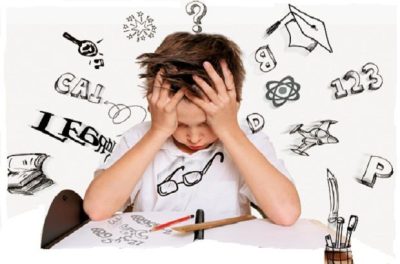
- Physical Disabilities:
Physical impairments can be congenital or acquired and may limit mobility, coordination, or endurance. Examples:
- Cerebral Palsy
- Muscular Dystrophy
- Spina Bifida
These children may use assistive devices like wheelchairs or braces and may need help with daily activities.
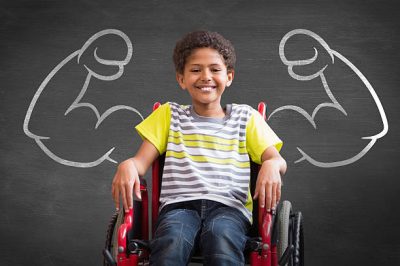
- Behavioral and Emotional Disorders:
Children may exhibit extreme behaviors that interfere with learning or socialization, such as:
- Attention Deficit Hyperactivity Disorder (ADHD)
- Oppositional Defiant Disorder (ODD)
- Conduct Disorder (CD)
These children may be impulsive, aggressive, inattentive, or overly emotional, often requiring behavioral therapy.

- Sensory Impairments:
These include hearing or vision loss, which can affect a child’s learning, communication, and daily functioning. Early support and assistive tools can help them thrive.
- Involves hearing or vision difficulties
- Affects speech, reading, and mobility
- May need hearing aids, Braille, or magnifiers
- Early intervention is essential

- Chronic Medical Conditions:
Some children may have lifelong medical issues like:
- Epilepsy
- Diabetes
- Asthma
- Congenital heart defects
Such conditions may not directly affect learning but can impact school attendance, stamina, and participation.
Characteristics of Children with Special Needs
Recognizing the signs of special needs early allows for timely intervention. Although signs vary depending on the condition, some common characteristics include:
- Delayed milestones (walking, speaking, toileting)
- Lack of interest in social interactions or play
- Difficulty in understanding or expressing language
- Unusual attachment to routines or objects
- Difficulty focusing or maintaining attention
- Poor motor coordination and frequent clumsiness
- Intense emotional reactions or withdrawal
- Learning difficulties despite consistent effort
- Sensory sensitivities (avoiding loud sounds, textures, lights)
Observation and documentation of such behaviors are crucial. If parents or educators notice recurring patterns, it is advised to consult a specialist.
The Professionals Who Can Help to Deal with Individuals with Special Needs?
Dealing with a special needs child requires a team-based approach. Different professionals play specific roles in assessment, diagnosis, intervention, and support:
Pediatricians:
Often, the first to notice developmental delays during routine checkups. They monitor growth and milestones and refer families to specialists when needed.
Developmental Pediatricians:
Experts in diagnosing and managing developmental and behavioral conditions like autism and ADHD. They help design individualized care and therapy plans.
Speech and Language Therapists:
Support children with speech delays, communication disorders, and feeding difficulties. They use tailored strategies and tools like visual aids or AAC devices.
Occupational Therapists:
Help children develop daily life skills, improve fine motor abilities, and manage sensory processing issues through structured, functional activities.
Special Educators:
Create and implement Individualized Education Plans (IEPs), modifying teaching methods to suit each child’s unique learning needs in school settings.
Behavioral Therapists:
Use structured techniques like Applied Behavior Analysis (ABA) to manage behaviors and build essential life and social skills, especially for children with autism or ADHD.
Social Workers and Counselors:
Provide emotional support, counseling, and help families access financial aid, school accommodations, and therapy resources.
Together, this team forms a comprehensive support system that helps each child thrive across educational, emotional, and developmental domains.
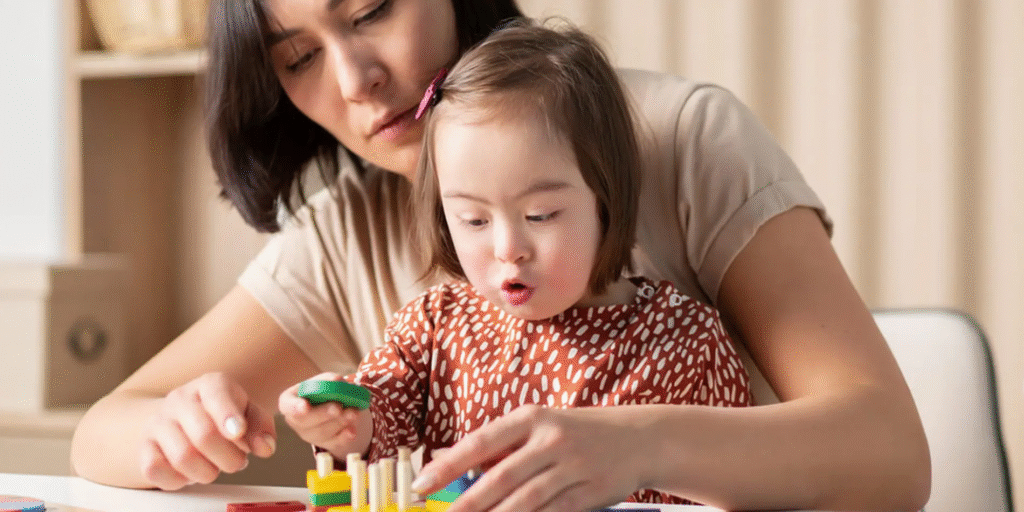
Guidelines for Professionals and Parents to Support a Child with Special Needs
Knowing how to deal with a special needs child requires a compassionate, informed, and collaborative approach. Here are the best practices for both professionals and caregivers:
For Parents:
- Trust your instincts—if something feels “off,” seek a developmental evaluation.
- Keep a record of behaviors and challenges to discuss with professionals.
- Educate yourself about your child’s condition.
- Create a structured, consistent home environment.
- Reinforce positive behavior with praise and rewards.
- Advocate for your child’s rights in school and therapy settings.
For Professionals:
- Use evidence-based assessment tools.
- Collaborate with families to create realistic goals.
- Promote inclusive practices in school and community settings.
- Encourage early intervention programs.
- Respect the individual differences and cultural values of families.
- Continuously update your knowledge through training and research.

Final Thought
Every child is special—but some require more specialized attention to help them flourish. Understanding who is a special child, what their needs are, and how to provide effective support can transform lives—not just for the child, but for their families and communities.
At Nurturers, we believe in empowering parents and professionals with the tools, knowledge, and compassion needed to nurture every child’s potential. Whether you’re a parent wondering how to identify a special needs child or an educator looking to improve your practices, remember: early recognition and collaborative care can change the trajectory of a child’s life.
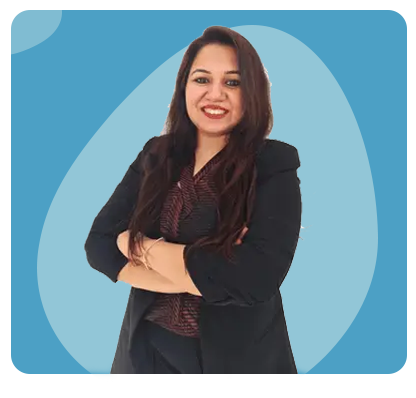
Hi! I am Swati Suri, a Special Educator with 9+ years of experience and the founder of Nurturers. I am passionate about helping children with special needs and supporting their families every step of the way.
